1. Sears
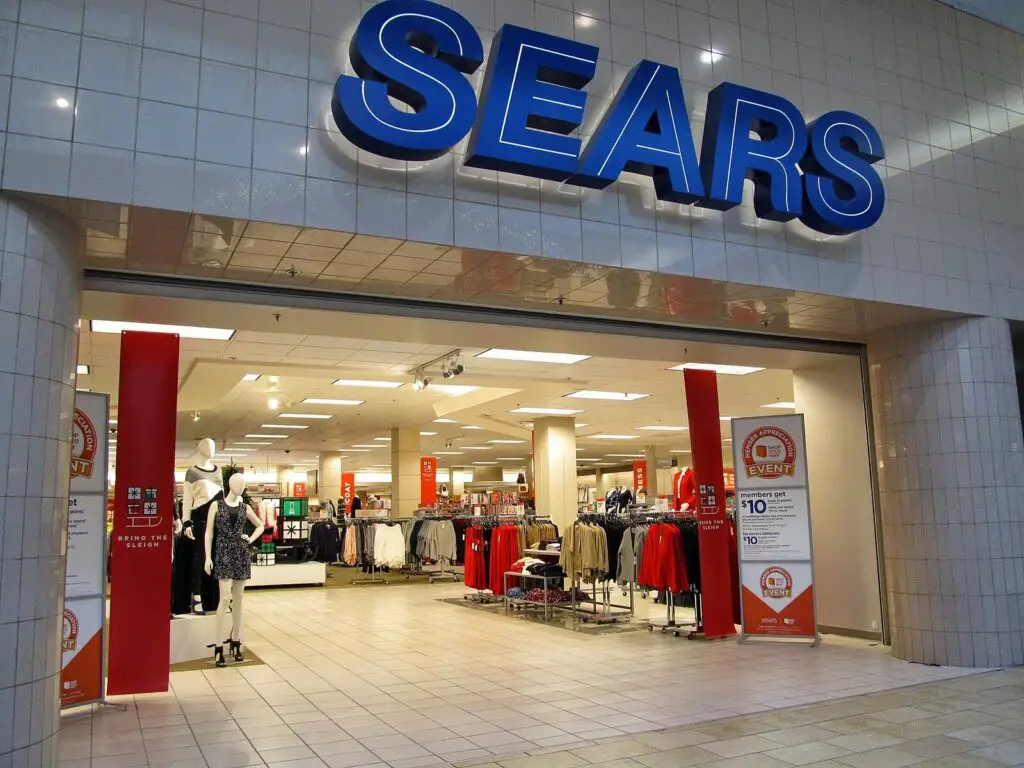
Once a retail powerhouse, Sears has been teetering on the edge of collapse for years. Financial struggles, store closures, and dwindling brand loyalty make its survival uncertain by 2035. Many experts believe that the company’s days are numbered, despite attempts to modernize.
2. Kmart
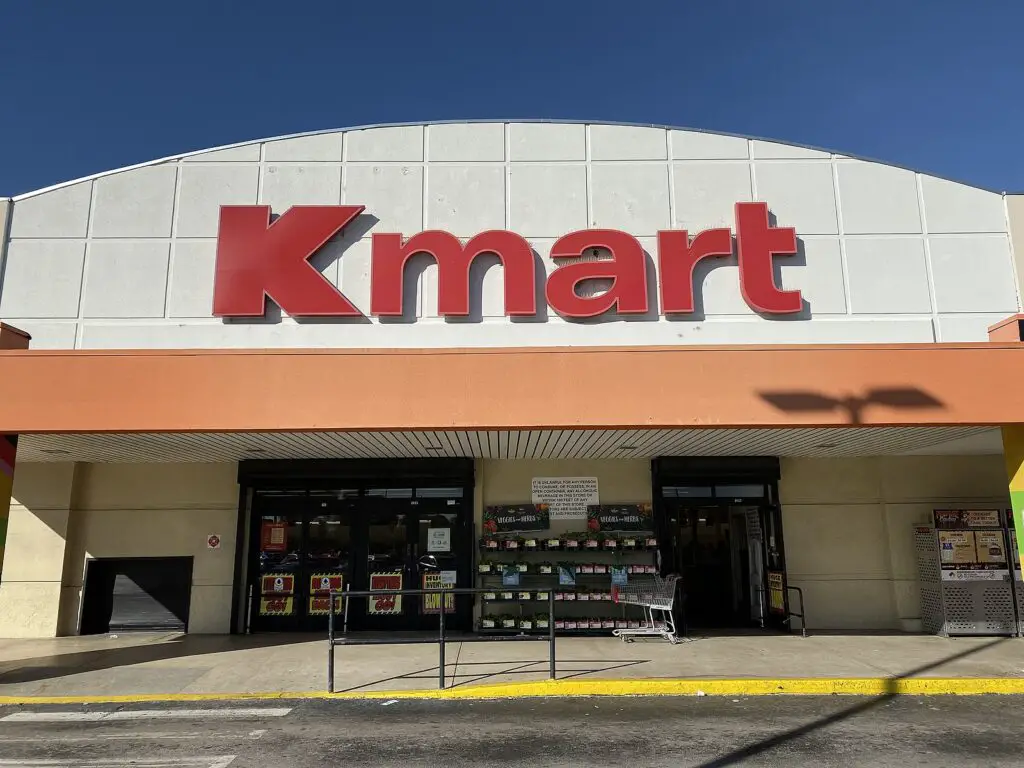
Kmart, a sibling to Sears, has been shrinking steadily with only a handful of stores remaining. Once a leader in discount retail, it now struggles to compete against giants like Walmart and Target. Its outdated image and lack of innovation spell potential doom.
3. JCPenney
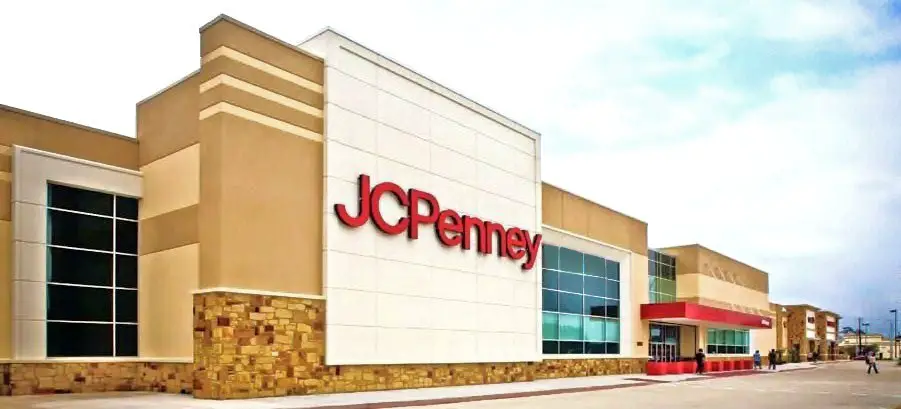
JCPenney has faced years of declining sales and numerous efforts at reinvention. While it continues to operate, the rise of online shopping and missteps in modernizing its inventory have hurt the brand. Analysts suggest the next decade could be the last for this department store staple.
4. Macy’s
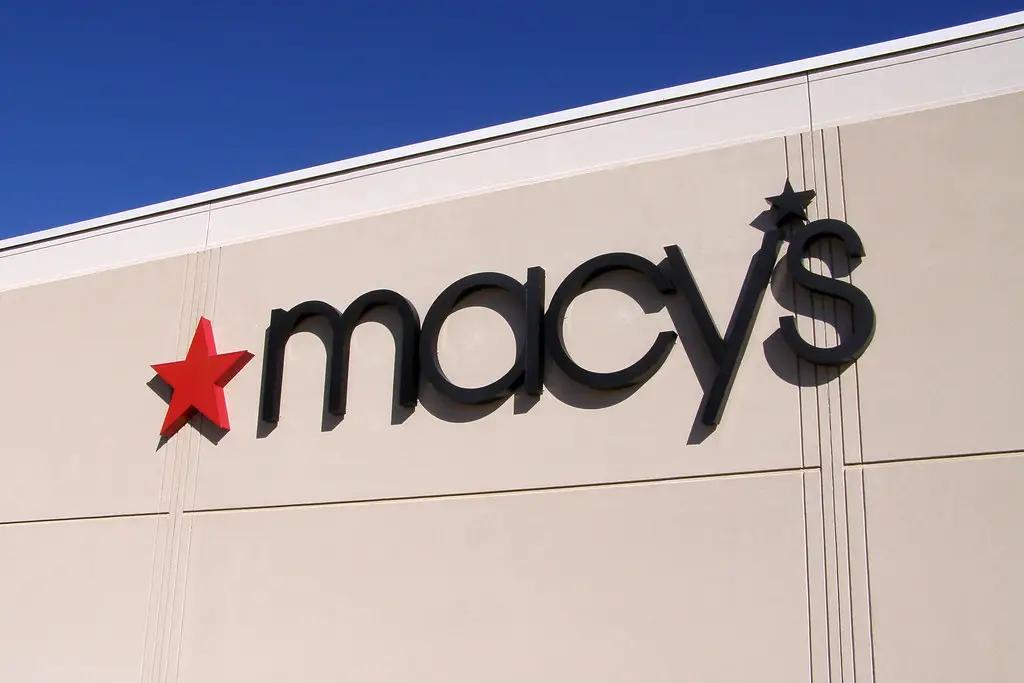
Macy’s iconic status hasn’t shielded it from the pressures of a changing retail landscape. Though its flagship locations remain popular, many suburban stores are struggling. Without significant innovation, Macy’s risks becoming another casualty of retail evolution.
5. Bed Bath & Beyond

Despite its popularity for home goods, Bed Bath & Beyond has been closing stores at an alarming rate. Poor inventory management and competition from online retailers have eroded its market share. The next decade may see the end of its once-prominent brand.
6. Victoria’s Secret
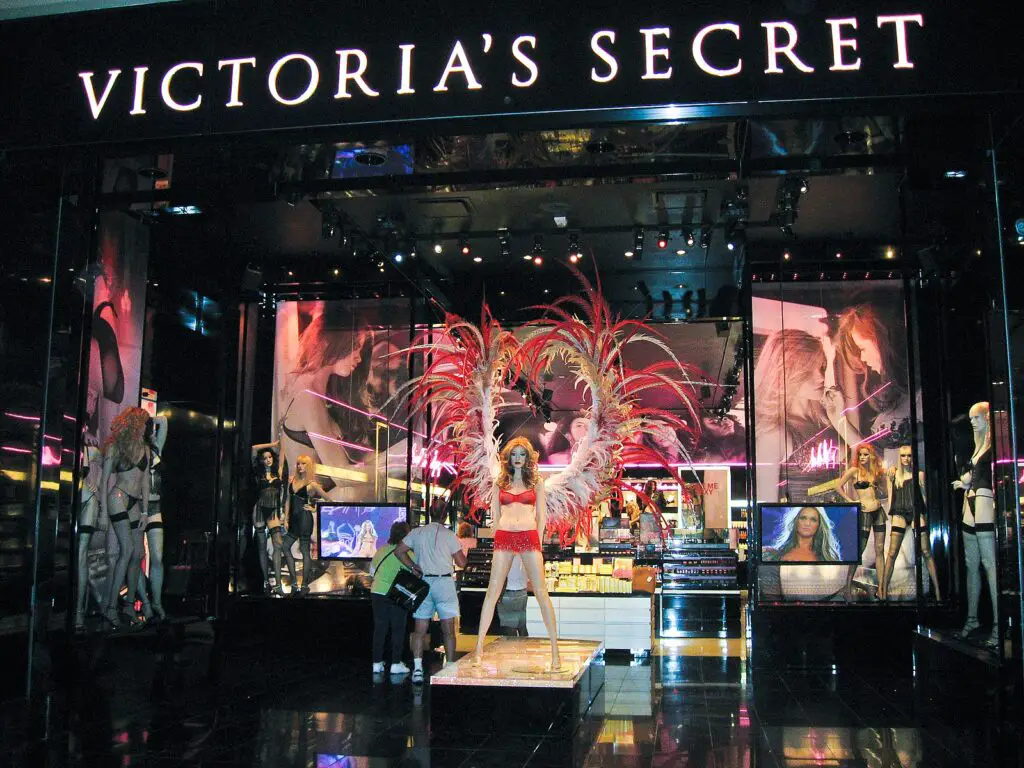
Victoria’s Secret has faced backlash for outdated marketing and failing to adapt to changing beauty standards. While it has begun to modernize its image, the damage to its reputation may be irreversible. Declining sales make its future uncertain in a crowded market.
7. The Children’s Place

Specialty children’s retailers like The Children’s Place have struggled to compete with big-box stores and online platforms. Despite efforts to expand e-commerce, physical locations continue to close. A complete shift to online-only might be its only chance for survival.
8. GameStop
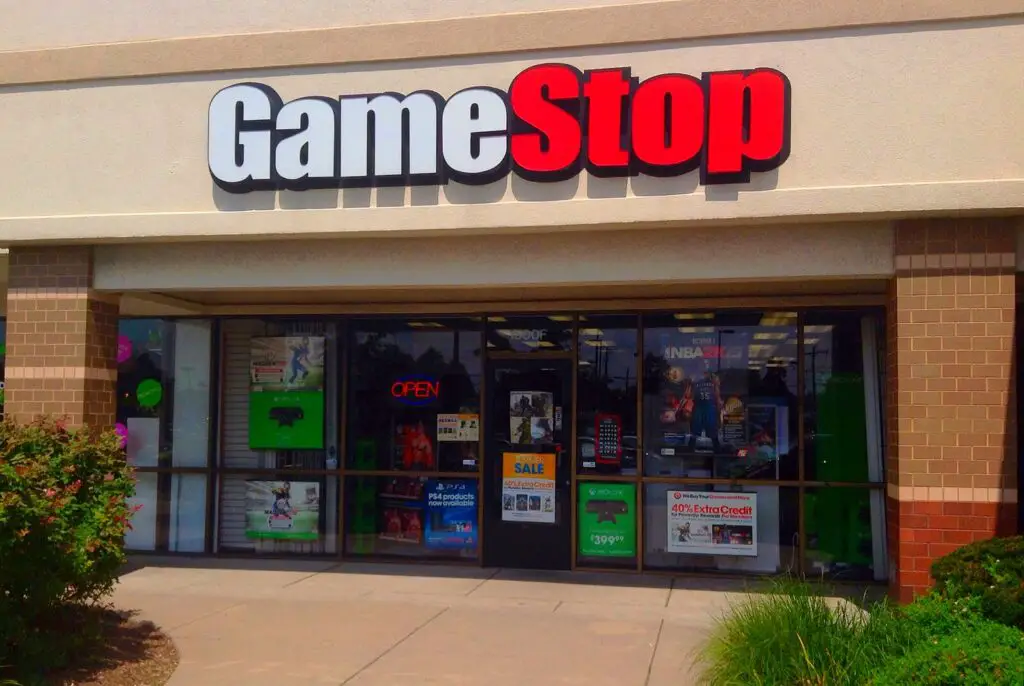
GameStop’s fate has been questioned for years as digital game downloads become the norm. The chain’s reliance on physical media has left it scrambling to find relevance. Without a strong pivot, GameStop could become obsolete by the 2030s.
9. Abercrombie & Fitch
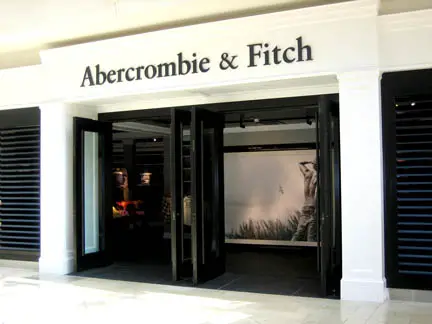
Known for its peak popularity in the early 2000s, Abercrombie & Fitch has struggled to maintain relevance with younger generations. Its rebranding efforts haven’t fully revitalized the brand, and declining foot traffic in malls adds to its woes. The next decade could see its complete exit from the retail scene.
10. Barnes & Noble
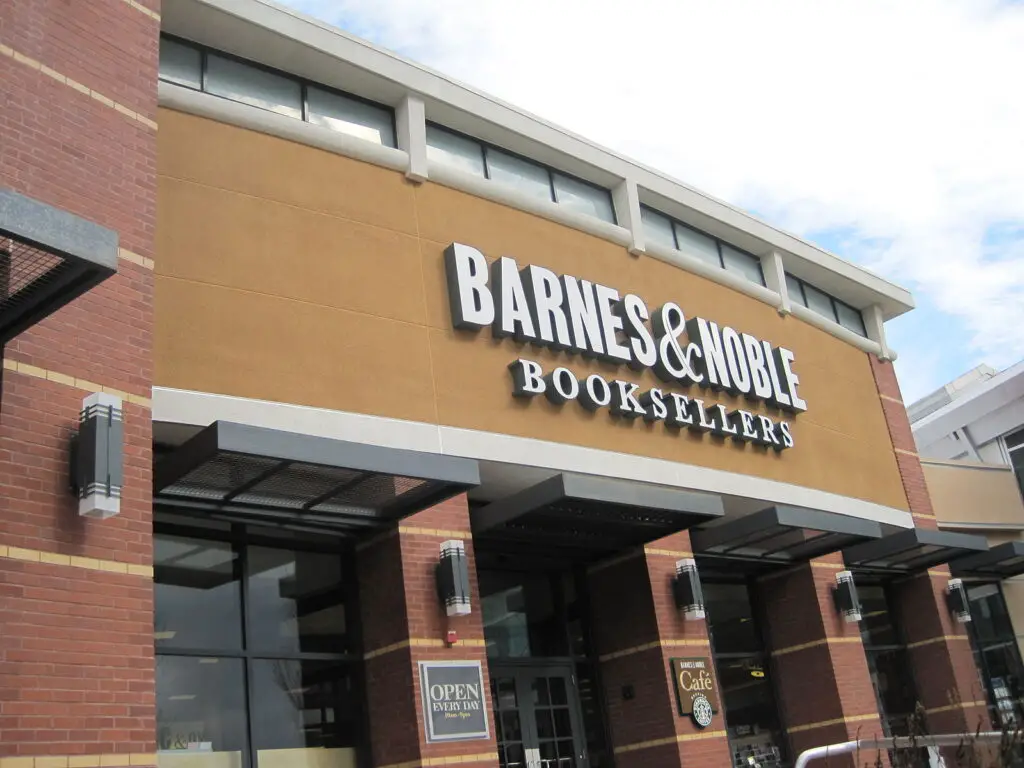
As digital books and online retailers dominate the literary world, Barnes & Noble’s brick-and-mortar stores have struggled. While some locations remain community hubs, they’re far from profitable. Without a sustainable business model, the beloved bookstore may fade away.
11. Claire’s
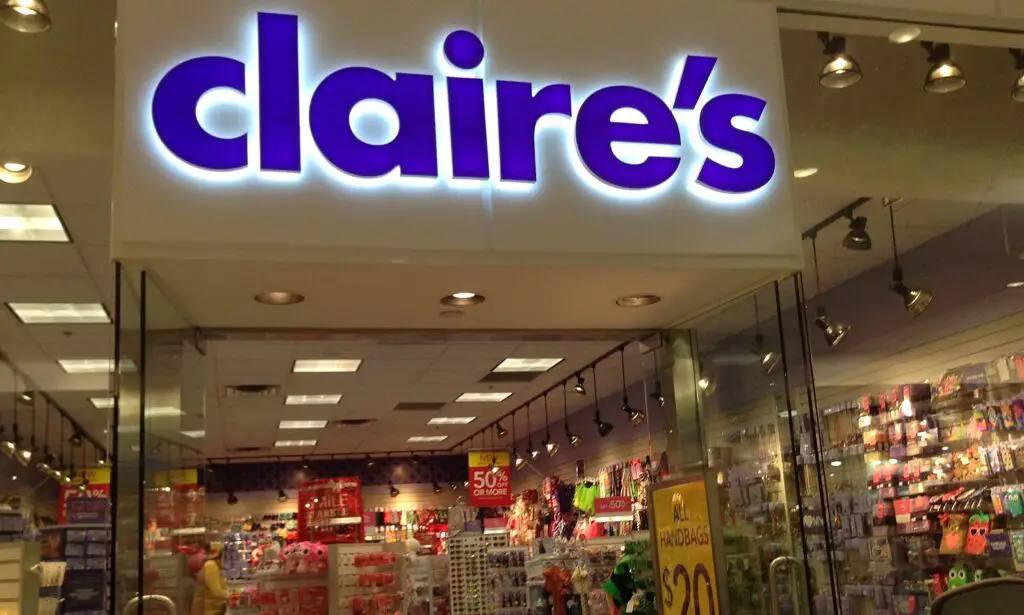
Claire’s, a staple for accessories and ear piercings, has been closing stores due to financial troubles. The decline of mall culture has significantly impacted its foot traffic. The next generation might never experience the thrill of its sparkly aisles.
12. Staples
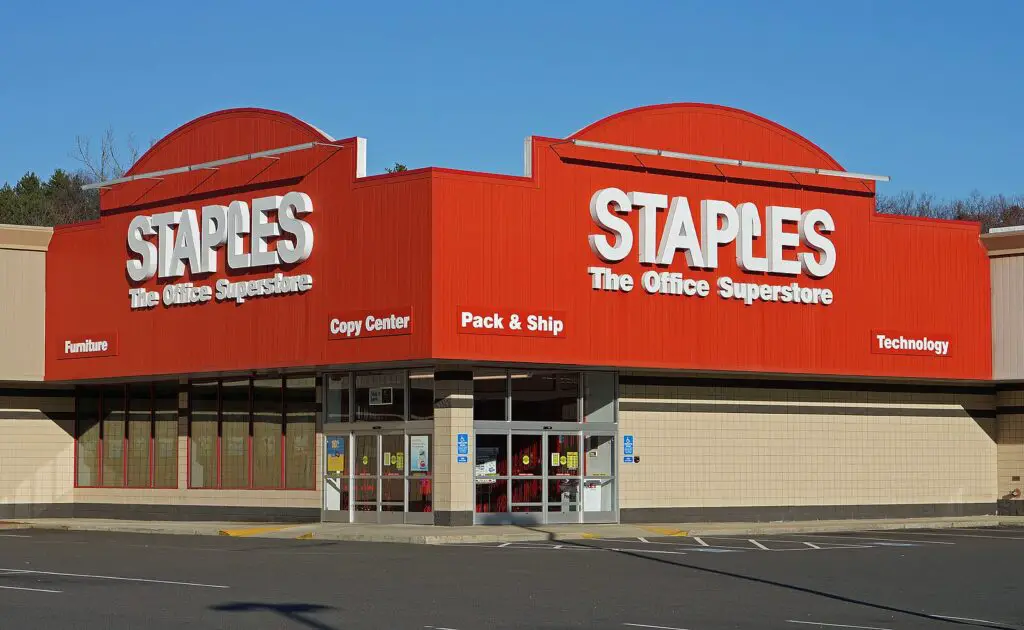
Office supply stores like Staples are increasingly redundant in the age of online shopping and remote work. With dwindling demand for physical office supplies, Staples’ relevance is waning. The next decade might mark the end of the road for this once-essential retailer.
